




As a purpose-led company, we know we have a pivotal role to play in addressing the climate emergency. We consider this not only good business, but our duty to channel our technology-enabled expertise and capabilities toward benefitting people and the planet.
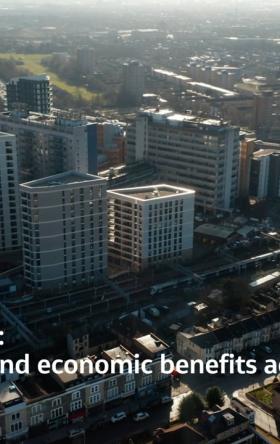


We work in partnership, delivering some of the most challenging, diverse and innovative projects and programs globally across multiple sectors. We integrate complex interfaces across planning, procurement and delivery to help unlock better social, environmental and economic outcomes from mega and giga projects.
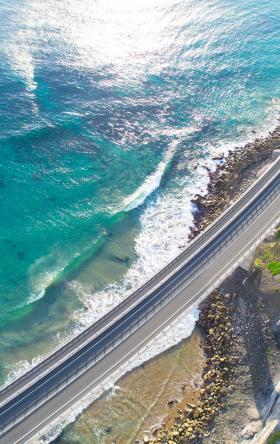
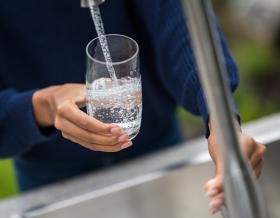
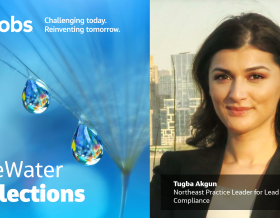
For more than 30 years, Jacobs has been responsible for planning and implementing Lead and Copper Rule-related strategies which protect millions of people in the U.S. and Canada. Our work includes enhanced water quality monitoring strategies, sampling plan development, harvested pipe-scale analysis, lead service line inventories and replacement plans, corrosion control studies and the incorporation of equity and environmental justice considerations into compliance programs.



As our clients navigate the digital transformation and growing cyber risks, we have positioned ourselves at the forefront of this growth, adding digital capabilities, products and tools to serve a growing set of customers.
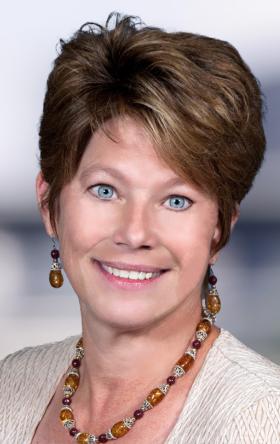
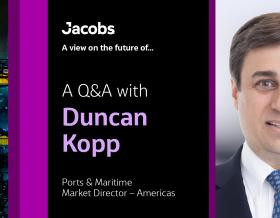
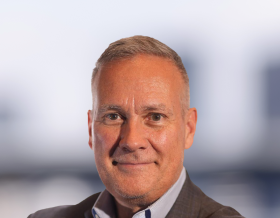
Sit down with our visionary team of thinkers, dreamers and doers to see what a day in the life is like.

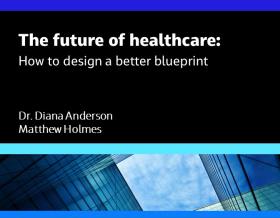
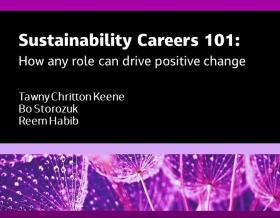
A curated selection of some of the top-listened to and trending podcast episodes from our popular If/When podcast series, which has over 7M downloads to date.
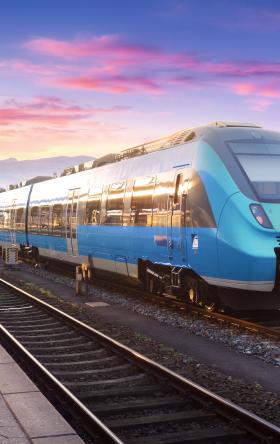
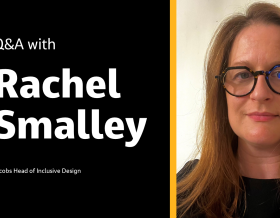
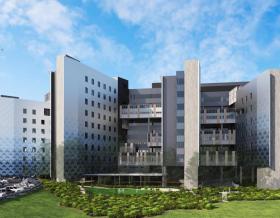
Together with our visionary partner, PA Consulting, we're establishing our position in high end advisory services, creating a springboard to expand in high value offerings beyond the core.


At Jacobs, we're challenging today to reinvent tomorrow by solving the world's most critical problems for thriving cities, resilient environments, mission-critical outcomes, operational advancement, scientific discovery and cutting-edge manufacturing, turning abstract ideas into realities that transform the world for good. With approximately $16 billion in annual revenue and a talent force of more than 60,000, Jacobs provides a full spectrum of professional services including consulting, technical, scientific and project delivery for the government and private sector.
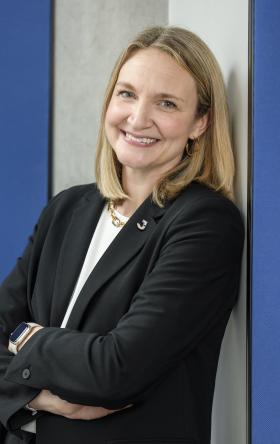
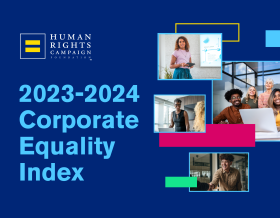

Jacobs. A world where you can.
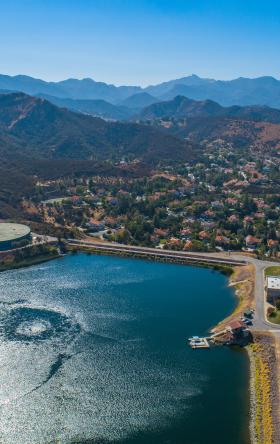

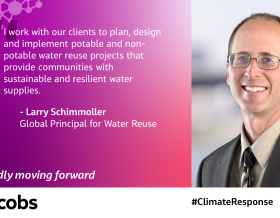
As climate change threatens water security around the world, more communities are turning to water reuse as a resilient water supply solution and embracing the OneWater principle that all water has value. Jacobs has been supporting clients with water reuse programs for decades, beginning with the first applications of advanced wastewater treatment technologies in the 1960s. We provide our clients with a full range of services, from water reuse feasibility studies to design, construction and operations.
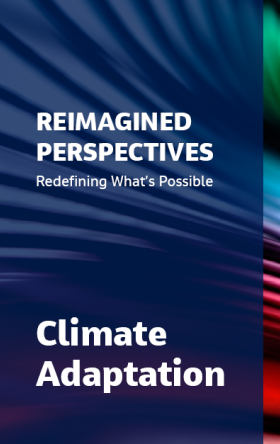
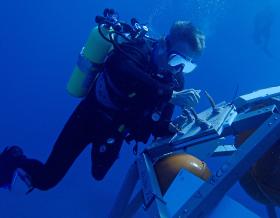
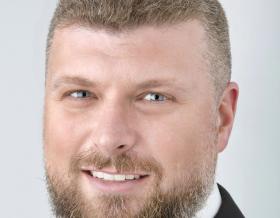
The only certainty about the future is uncertainty. Resilience is an attribute of a smarter planet, and requires planning and adapting ahead of potential threats. We help our clients survive, recover, adapt and thrive.
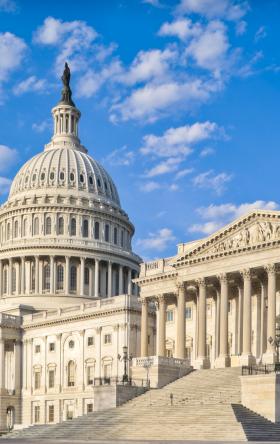


Jacobs is working to help clients across the United States secure federal funding for projects that make our cities and communities more connected and sustainable. Working hand-in-hand with clients from coast to coast and everywhere in between, Jacobs develops bold, innovative solutions to address the nation’s toughest challenges.
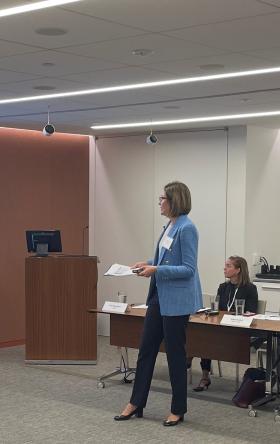

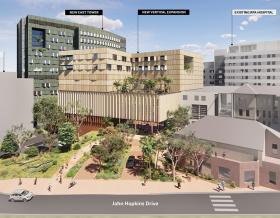
Now more than ever, we appreciate the hard work, sacrifice and dedication of the medical profession in ensuring the health and safety of our communities.

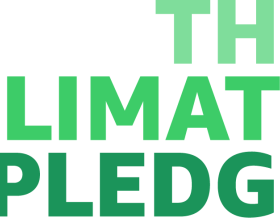
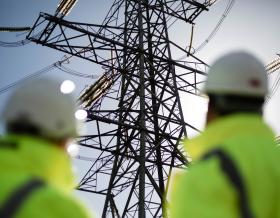
Together, we are stronger. Together, we can transform the future.
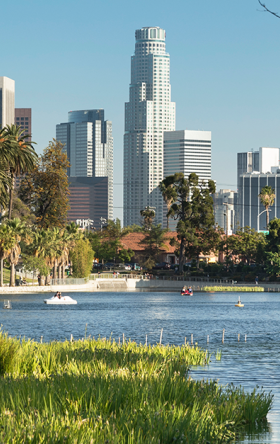
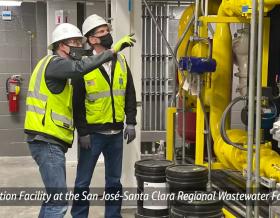
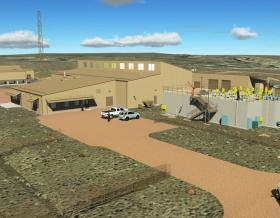
We’ve provided design-build services to the water sector for over 25 years and delivered more than 150 projects. We offer fully integrated design-build and design-build-operate capabilities to tackle the most complex water challenges and work in close collaboration with our clients.
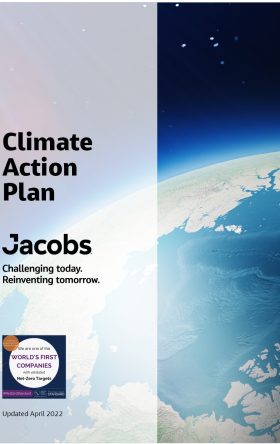
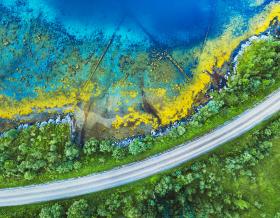
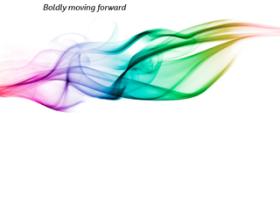
Stories that capture our partnerships and innovative impact for a more connected, sustainable world


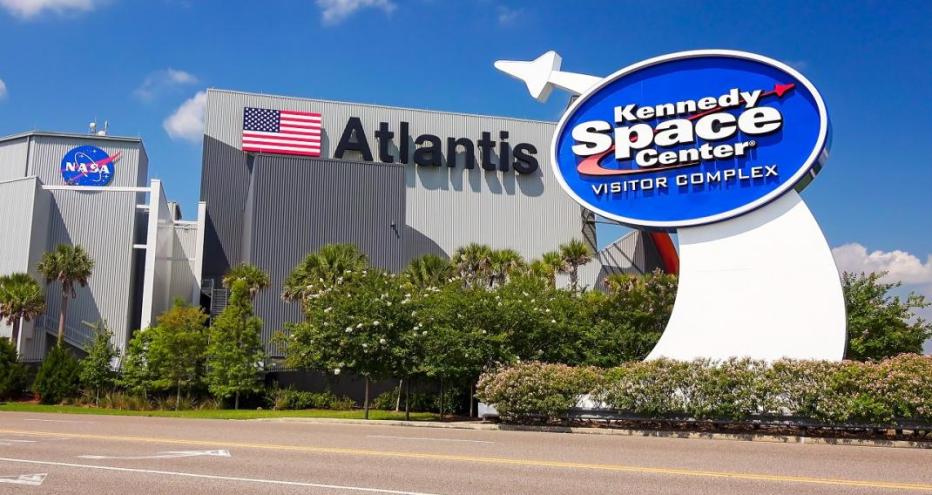
When it rains, it pours – at least when it comes to stormwater. Just an inch of rain over an acre of land is equivalent to more than 27,000 gallons of water.
With no new water on Earth and freshwater making up less than three percent of global water reserves, stormwater runoff – created when rain falls on roads, rooftops and other paved surfaces that don’t let water soak into the ground – is an important step in the natural water cycle. However, untreated stormwater is the top cause of pollution and impairment for local streams, rivers and waterways in urban areas.
At Kennedy Space Center, galvanized metal roof structures are common at industrial facilities throughout the site. These roofs, which are typically zinc-coated iron or steel, can cause elevated zinc levels in stormwater runoff – impacting surface waters, harming fish and other aquatic life by binding to fish gills and causing suffocation.
But what if we showed you how Jacobs is helping Kennedy Space Center with a project involving installation of bio-filters at roof runoff outlets to mitigate potential negative impacts to surrounding water bodies and maintain a healthy and sustainable environment for animals, plant species and those who call the community home?
or more projected removal of total dissolved zinc from the stormwater runoff using the biofilter
gallons of water is generated from just one inch of rain over an acre of land
“Kennedy Space Center is completely surrounded by one of the most dynamic estuaries on the planet. To preserve the health of the lagoon, it is critical we prevent pollutants from being discharged into our watershed.”
Jim LaRocque
Jacobs Director of Safety and Mission Assurance
An important aspect of Kennedy Space Center’s environmental policy is a commitment to the health of the nearby Indian River and the wildlife it supports. Alongside Kennedy, Jacobs is implementing a pilot project at a structure near the launch pads. The aim of the project is to specifically target and reduce the zinc-loading of stormwater runoff being discharged to grade/surface waters from galvanized metal roof structures at the center.
Concentrations of total zinc in galvanized roof runoff can range from approximately 1,000 μg/L to more than 12,000 μg/L. Levels as low as 100-250 μg/L of dissolved zinc in runoff entering surface waters can result in harmful effects, inhibiting growth and survival.
At the project site, using a large plastic IBC tote, drain rock, screening, pea gravel and an underdrain piping system, our team constructed the biofilter. Then, we filled the top of the container using a sand filter, and a sand and compost layer. Lastly, we added plantings of rushes and sedges, along with bark mulch and large cobbles that form a splash pad.
The biofilter was placed under a roof downspout, directing stormwater runoff into the unit. Through the process of phyto-filtration as much as 90-95 percent of the total dissolved zinc is removed from the stormwater runoff. The water can then be discharged to grade with significantly reduced zinc concentrations.
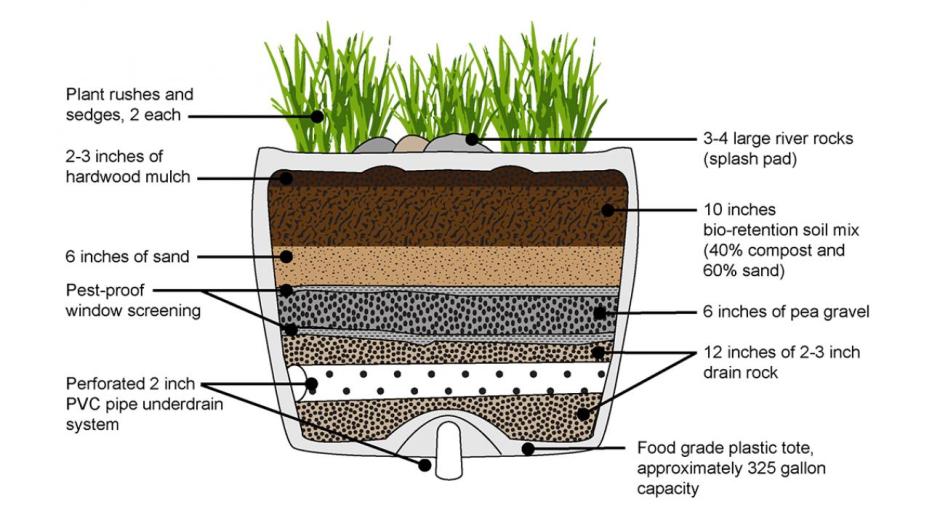
By limiting zinc concentrations in stormwater runoff and subsequently surrounding surface waterbodies including both the Indian and Banana Rivers, Kennedy Space Center continues and furthers its commitment to maintaining not only a healthy and sustainable environment for humans and other terrestrial fauna, but all biota; including aquatic plant and animal species. This furthers Kennedy’s existing sustainability outlook and serves to promote the center and its associated environmental policies as a model to industry, agency and corporate entities.
Following these initial successes, Phase III of the project assessment will include performing monthly stormwater sample collection/analysis, compiling data to determine Zinc (mg/L) reduction(s) in stormwater and extrapolate trend(s) and providing data for NASA for a six-month period to inform recommendations for a program expansion.
The possible expansion could include: